|
Guest Post by WWP intern Rae Oestreich I’ve talked about classic sci-fi novels for modern readers and classic fantasy novels for modern readers. So I figured: why not add one more member to the club? It’s time to talk paranormal. I’m talking things that have roots in gothic literature: ghosts, witches, and things that go bump in the night. I’m talking the Edgar Allen Poe “Fall of the House of Usher” type of creepiness that keeps you up at night. At least, when the trend started. To be fair, paranormal fiction is a subgenre in itself, hailing from the umbrella term of speculative fiction. The term is also consistently used interchangeably with supernatural fiction (guilty) and even sometimes urban fantasy (although there is a bigger difference here: urban fantasy involves taking fantastical elements found in fantasy and putting them in the “real” world; paranormal has more to do with creatures and happenings generated out of human fears and superstitions). Another fun fact: paranormal is typically and regularly blended with other fiction subgenres, including horror, mystery, and psychological thriller, although more contemporarily it’s become a subgenre all its own that’s very popular in young adult fiction as well as in the subgenre of “paranormal romance.” So what is the paranormal? It’s a term that’s been in use since about the 1920s (according to Merriam-Webster) and relates to phenomena that simply can’t be explained by science. What can’t be explained by science? Things like demons and werewolves and vampires (oh my!) which, in my humble opinion, can all be traced back to man-made superstitions and fears. That’s right. Because consider this: demons are unholy and by common belief are the epitome of evil, sometimes representing any of the mortal seven deadly sins; werewolves are both human and animal, an inability to control those basic animal instincts that humans have generally sought to wipe out of the species since forever; and vampires are derived from the legend of Vlad Tepes, or Vlad III, Prince of Wallachia, or Vlad the Impaler, who did not drink peoples’ blood but had a metaphorical taste for it, and whose image was westernized into something of a horror thanks to Bram Stoker’s Dracula. Ah, the westerners. Study the myths, legends, and histories of people from both sides: you’ll see how both sides contort images of “the other” into something more understandable based on their cultural beliefs. Fascinating, right? The paranormal is really a metaphor for the human condition and the evils that might lie inside us all. Without further ado, here are some great classics you can really sink your teeth into (sorry; I couldn’t help it!):
All right, now it’s your turn: favorite paranormal reads? I’m a particular fan of Edgar Allen Poe and Nathanial Hawthorne, but what are your favorite classics and where did you come across them?  Rae Oestreich has a B.A. in Creative Writing from New Mexico State University and a self-expressed love of all things literature. She’s addicted to drinking coffee, and she focuses her time on writing YA speculative fiction and reading anything she can get her hands on. An admitted grammar nerd, she edits for REUTS Publications and interns for World Weaver Press, and can normally be found talking about books and writing on her website or Twitter.
0 Comments
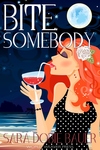
We're running another giveaway, this time for an ebook copy of BITE SOMEBODY by Sara Dobie Bauer. This fun paranormal romance will be released June 21st, but one lucky winner can get their copy as soon as June 6th. Four easy ways to enter. Winner can choose between .mobi (for Kindle) and .epub (for most other ereaders).
Giveaway ends June 6, 2016.
See what others are saying about BITE SOMEBODY:
"Bite Somebody is the Pretty in Pink of vampire stories; fun, self-consciously retro, and not afraid to be goofy. I'll never get the phrase 'Woodsy BO' out of my head. Sara Dobie Bauer knows how to keep a reader smiling."  by Sarena Ulibarri When I was a geeky ten-year-old in the mid-90s, I tried out a virtual reality headset in a toy store, and all my dreams were crushed. It was the Tiger R-Zone, with a clear visor that fit over one eye, showing faint red lines of two-dimensional characters. This was nothing like the Star Trek holodeck! This was nothing like Tron or Johnny Mnemonic! I tossed the headset back on the shelf in disgust and went back to real reality. Granted, there were other, better, VR headsets in the 90s, but I missed out on those. I would occasionally see other kids in the movie theater arcade, spinning in a Virtuality ring with headset on and plastic gun darting, but my parents—who were sure even a basic Nintendo would rot my brain—always ushered me past it. We never missed an episode of Star Trek: The Next Generation, though. Maybe they were just holding out for the holodeck, wouldn’t settle for anything less. I had a similar experience in 2013 when I tried Google Glass. I wasn’t a beta user; there was one on display at the University of Colorado when I was a graduate student there. Google Glass is “Augmented Reality” rather than Virtual Reality, placing an additional layer of information on top of the real world—a map to show where you are, the prices of products in a store, a camera that will snap pictures with a tap or a word, etc. But again, science fiction had primed me to expect this to be much cooler than it was. Google Glass had the same functions as a smart phone, with a smaller, harder-to-see screen that looked like it was floating two feet in front of my right eye. It would fade halfway out if I tilted my head the wrong way. The best feature seemed to be the automatic language translation, which I later learned I could also access on a phone or tablet.  Sarena's husband fights a shark in ViewMaster's new VR game. Sarena's husband fights a shark in ViewMaster's new VR game. One of my favorite sections of CAMPAIGN 2100: GAME OF SCORPIONS revolves around the political debate of fully immersive virtual reality. In Hodges’ futuristic world, VR is outlawed because too many people plugged in and never came out, which lead to economic collapse in the real world. The political polarization comes from the fact that virtual reality can be used to create opportunities for those who are paralyzed in an accident or who are born with limiting physical disabilities. It’s an interesting debate, with no easy answer, and one we could certainly end up having in the next few decades. At San Diego Comic Con last summer, I learned about some of the recent developments in virtual reality. Google Glass had all but disappeared, but they were pushing Google Cardboard, a combo headset and smartphone app that creates a virtual reality experience. I tried out the new version of ViewMaster, no longer a click-through of static photos, but an interactive graphic adventure. I learned about “virtual travel experiences”: booths at certain Marriott hotels that are heated and humidified to feel like a beach, with a headset that creates the images and sounds of the beach. A place in Utah called The Void lets you wander through a whole building with a headset that creates a 3-D game experience. Virtual reality may never be more than another gaming medium for the general public, but it has practical uses as well. A NASA scientist at the SDCC panel I went to talked about how virtual reality simulations help astronauts prepare for missions. A social scientist showed video from a VR experiment recreating an incident of police brutality, in which participants were tasked with taking a cell phone video of the simulated attack. The graphics of this simulation were crude, but the people in the experiment reacted to the experience with more emotion than watching similar violence on a screen, because of the interactive and immersive nature of virtual reality. Throughout my childhood and teen years I was constantly wishing to be in some other world. I didn’t find that escape in games or virtual reality, but I did find it in books. It’s hard for me to imagine a virtual reality experience that will be able to rival my own imagination, and the truly immersive experience of a really good story. Still, I’m holding out for the holodeck.  Sarena Ulibarri (World Weaver Press Editor-in-Chief) earned an MFA from the University of Colorado, Boulder, and attended the Clarion Fantasy and Science Fiction Writers' Workshop at UCSD in 2014. Her fiction has appeared in Lightspeed, Fantastic Stories of the Imagination, Lakeside Circus, and elsewhere. She currently lives in New Mexico and has two corgis. Find more at sarenaulibarri.com 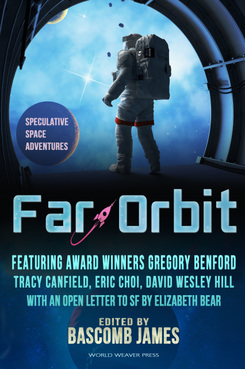 Guest Post by Bascomb James Alien life-forms and encounters with extra-terrestrial beings have been an important part of science fiction writing since the inception of the genre. During the pulp fiction era, most aliens were world ravagers and mortal adversaries. Thoughtful alien stories didn’t come into their own until the end of John W. Campbell’s tenure as editor of Astounding Science Fiction. In his famous dictum to his writers, Campbell exhorted them to “Write me a creature that thinks as well as a man, or better than a man, but not like a man.” Campbell’s dictum has some merit, but to be truly believable, an alien culture must exist within a logical and consistent world as “Starship Down” does. The planet’s native population certainly doesn’t think like humans on most matters. “Starship Down” first appeared in the October 2008 issue of Analog Science Fiction and Fact where it won an Analytical Laboratory (AnLab) Award. AnLab is the annual readers’ poll to determine the favorite stories, articles, and cover art published each year in Analog Magazine. “Starship Down” was chosen as the best Analog story of 2008. Tracy Canfield is a computational linguist from Indiana whose fiction has appeared in numerous magazines, including Analog, Strange Horizons, and Fantasy Magazine. In her biography, Tracy notes that she is the voice on the Klingon audio tour at Australia’s Jenolan Caves and CNN called her a “Klingon scholar.” You can read more about Ms. Canfield by visiting her website TracyCanfield.com. Starship Down The mobile medstation doorlight buzzed, and Okalani Yee opened the door without setting the viewscreen to the outside camera feed. It was a bunny, of course. The nearest non-bunny was at Aoi Station, currently six hundred kilometers away.
“A bunny tripped by the orchard wall and broke its ankle,” said the visitor. Bunnytongue had no greetings. “How far away?” The bunny spoke a single word, which the translator bud in Yee’s ear rendered as “Two to six kilometers.” “Wait a minute.” Yee grabbed the medkit and pulled on a lightweight mask with a portable aerator that clipped on her belt. The Myosotis atmosphere was breathable enough—a bit high in CO2, a trifle light in O2—but on long brisk walks she preferred to breathe Earthmix. The mask was comfortable. With the temperature and humidity regulation, she’d forget she was wearing it. Read the full story in Far Orbit: Speculative Space Adventures 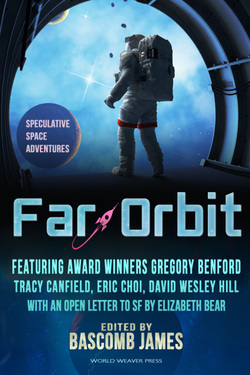 Guest Post by Bascomb James Quest stories are one of the major threads in the weft and warp of our storytelling existence. We love these stories because they often take us to exotic locations where protagonists must overcome numerous obstacles before they can achieve their goal. The Arthurian search for the Holy Grail is a classic quest story that has morphed through many retellings. L. Frank Baum’s Wonderful Wizard of Oz (1900) and J. R. R. Tolkien’s Lord of the Rings trilogy are well-known examples of literary quests. Where Indiana Jones gives us the learned archeologist venturing out into the field to fulfill an archeological quest, “A Trip to Lagasy” gives us a smart but stifled biologist, Kira Walsh, who traverses a foreign planet in a botanical quest for the rare strangler orchid. Barbara Davies’s short fiction has appeared in Sorcerous Signals, Bash Down the Door and Slice Open the Badguy, Tales of the Talisman, Neo Opsis, Andromeda Spaceways Inflight Magazine and Marion Zimmer Bradley’s Fantasy Magazine, among other magazines and anthologies. A collection of her speculative fiction, Into the Yellow and Other Stories, is available from Bedazzled Ink. She lives in the English Cotswolds. A Trip to Lagasy by Barbara Davies “You’re late,” said Kira. The appointment had been for an hour ago. Not an auspicious start.
“Sorry, Docteur Walsh.” Joseph Rakouth didn’t sound it though. He stood on her hotel bungalow’s crumbling front step, shifting from one leg to the other and gazing at her with large, dark eyes. He certainly looked the part of guide and tracker—wellworn khaki shorts revealed sturdy, hairy legs, and over one shoulder hung a longbow and quiver—but he wasn’t her first choice. Unfortunately, and inconveniently, Marc Rasiraka, whose name had come highly recommended, had been unavailable. Kira beckoned Rakouth into the sticky room—the air conditioning had broken down—and got down to business. “I’m looking for a plant unique to Lagasy. Some call it the Strangler Orchid.” Read the full story in Far Orbit: Speculative Space Adventures We've published more fantasy than science fiction, but trust me, we've got a soft spot for quirky aliens, rogue robots, and fancy tech. The FAR ORBIT anthologies edited by Bascomb James bring together a diverse and fascinating group of space adventure stories. The recently published novel CAMPAIGN 2100: GAME OF SCORPIONS explores what would happen if an alien landed during the election for president of Earth. A couple of stories in Rhonda Parrish's SCARECROW anthology re-imagine the mythical straw-man with circuits instead of hay. And the forthcoming novella MURDER IN THE GENERATIVE KITCHEN plays with what jury duty would be like if we could attend a trial through virtual reality. This week, we're celebrating the awesome science fiction we've published. May 20th-May 27th only, all our science fiction titles will be discounted. Science fiction ebooks are only $1.99 at all vendors. (Amazon, BarnesandNoble.com, Kobo, OmniLit, WorldWeaverPress.com) Science fiction paperbacks are 25% off through the World Weaver Press online store only. (US shipping $4.50) May's #SFFLunch Twitter Chat will be focused on science fiction as well (though you can still chat about whatever). Join us Friday, May 20th from 12-2, Eastern Time. Just use the hashtag to join the chat.
From today until May 25th, we're hosting a giveaway for one electronic advanced reading copy of OMEGA RISING by Anna Kyle, either a .mobi (for Kindle) or .epub (for most other ereaders). OMEGA RISING is available for pre-order now, and will be let loose upon the world June 7, 2016.
See what readers are saying about Anna Kyle's paranormal romance: “Omega Rising is a must read for fans of Patricia Briggs. Anna Kyle’s characters have the snarky fearlessness of Mercy Thompson (Mercy Thompson series), mixed with the swooney romance of Anna and Charles (Alpha and Omega).” “I really enjoyed the world-building, story, and characters. I was drawn in to the point where I definitely want to continue on with the series and recommend it to fans of Urban Fantasy and Paranormal Romance. If those genres are your cup of tea, then give this one a try!” Nathan.
Enter below to win an ebook ARC of OMEGA RISING so you can read it before everyone else. The Giveaway can also be found at our Facebook page.

Prefer your paranormal romance in paperback? Pre-order a paperback OMEGA RISING by June 6, 2016 through the World Weaver Press online store, and we'll send you a paperback copy of Anna Kyle's Wolf King novella SKYE FALLING for free.
KRAMPUSNACHT TWO (possibly to be re-titled)
in partnership with Enchanted Conversation Open for submissions May 15, 2016-August 15, 2016 Expected publication date: November 2016 Anthologist: Kate Wolford Cover Art: Connor Anderson of Searing Limb Krampus, Santa's dark companion, is in the spotlight these days. Thousands of people across the globe celebrate Krampusnacht on December 5th of each year. And the movie, Krampus, was a hit during the 2015 holiday season. Krampusnacht: Twelve Nights of Krampus, which I anthologized and World Weaver Press published, was a hit as well. So, World Weaver Press and Enchanted Conversation are publishing another volume. For now, it's just called Krampusnacht Two. Remember, Krampus is the "corrective" to Saint Nick or Santa's indulgence and generosity. He carries a switch and chains, and sometimes throws very rotten children in a basket he carries on his back. He has horns, hooves, and a creepy, long tongue. He's horrible and fascinating at the same time. You can learn a lot about him from this site , and you should read Krampusnacht: Twelve Nights of Krampus as well, to see what we like. But we are interested in new, fresh stories, not retreads of what we have already published. We’re looking for short stories that explore every possible Krampus angle. He’s a nasty old dude, and we hope your imaginations will get the better of you. Now for the fine print. Rights and compensation: Payment: $10 and paperback copy of the anthology. We are looking for previously unpublished works in English. We are seeking first world rights in English and exclusive right to publish in print and electronic format for six months after publication date, after which publisher retains non-exclusive right to continue to publish for life of the anthology. Open submission period: May 15 - Aug. 15, 2016. (Please do not send stories before May 15!) Length: 1,000 to 10,000 words. Submission method: Email cover letter and story to enchantedconversation[at] gmail [dot] com with the subject line “Krampus Anthology – story title.” Cover letter should contain your name, contact info (email), story’s title, and approximate word count. No need to summarize the story, let it speak for itself. (Please make sure to check the email address you send the story from--it makes the editing process easier.) Then paste the full story into the body of the email following your letter. Please make it very clear where paragraphs break — this means if your email doesn’t let you indent paragraphs, you’ll need to put an extra space between each paragraph for submission purposes. Do not send unrequested attachments. Simultaneous submissions = okay. Multiple submissions = no. Must be 18 years of age or older. Note from Kate Wolford: I have a strict, no feedback policy about submissions, including why they were rejected. I also do not provide mid-process feedback. About the Anthologist: Kate Wolford is a writer, editor, and blogger living in the Midwest. Fairy tales are her specialty. Previous books include Beyond the Glass Slipper: Ten Neglected Fairy Tales to Fall in Love With, Krampusnacht: Twelve Nights of Krampus, and Frozen Fairy Tales, all published by World Weaver Press. She maintains a 'zine, Enchanted Conversation: A Fairy Tale Magazine, at fairytalemagazine.com. So much big news about the Magical Menageries Anthology series: 1) We're announcing the newest installment, EQUUS, open for submissions in September 2016. 2) FAE, the first in the anthology series, is on sale for $0.99 at all major retailers (and that means $0.99 Canadian as well!) until May 19, 2016 3) SIRENS, the fourth in the anthology series, is available for pre-order now. Anthology Title: Equus Anthologist: Rhonda Parrish Series: Rhonda Parrish's Magical Menageries Open for Submissions: September 1 to November 30, 2016 Expected Publication: Summer 2017 Story Length: Under 7,500 words Compensation: $10 + contributor copy Horses are represented in mythology and folklore from Paleolithic right up to modern times. What is it about these magnificent creatures that fascinates us and captures our hearts? Is it their intelligence, their power, their beauty, or something else that draw us to them? That is just one of the questions we’re going to explore in Equus. I will be looking for stories about every kind of horse from the earthly to the mythological and though I’ll be placing a special emphasis on horses, unicorns and pegasi, every kind of magical equine is welcome (and really, aren’t they all magical?). Stories with a strong sense of place will have an advantage, as will those which explore the connection (for better or for worse) between equines and humans. Rights and compensation: Payment: $10 and a paperback copy of the anthology from World Weaver Press. We are looking for previously unpublished works in English. Seeking first world rights in English and exclusive right to publish in print and electronic format for six months after publication date, after which publisher retains nonexclusive right to continue to publish for the life of the anthology. Publisher: World Weaver Press Anthologist: Rhonda Parrish Open submission period: September 1st - November 30, 2016 Length: Under 7,500 words Submission method: Email story as a .doc or .rtf attachment to fae [at] worldweaverpress [dot] com. Subject line: Equus Submission: TITLE Simultaneous submissions = okay. Multiple submissions = no. Expected Publication Date: Summer 2017 About the Anthologist: Rhonda Parrish is driven by a desire to do All The Things. She founded and ran Niteblade Magazine, is an Assistant Editor at World Weaver Press and is the editor of several anthologies including, most recently, Sirens and C is for Chimera. In addition, Rhonda is a writer whose work has been in publications such as Tesseracts 17: Speculating Canada from Coast to Coast, Imaginarium: The Best Canadian Speculative Writing (2012 & 2015) and Mythic Delirium. Her website, updated weekly, is at http://www.rhondaparrish.com Check Out the Rest of the Magical Menageries 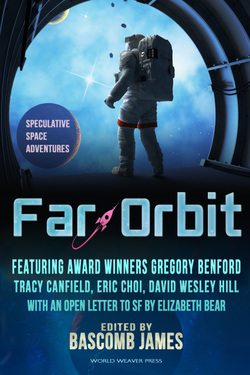 Guest Post by Bascomb James Spaceship voyages are among the most familiar Grand Tradition tropes and they have been used throughout the history of the genre. They are the logical progression from the popular sailing ship adventures of the day that featured daring captains who visited strange locations populated by even stranger inhabitants, not the least of which is Gulliver’s Travels (1726). But the fun romp “Bear Essentials” is an even more specific sort of spaceship voyage; not just a tight-knit crew manning a small vessel, but composed predominantly of family members. Well-known SF stories featuring family-owned or operated ships include The Rolling Stones (The Family Stone in Great Britain) published in 1952 and the TV series Lost in Space (1965-1968). Author Julie Frost continues in this tradition by introducing us to Captain Russell Fisk and his daughter Mandy who pilot the tramp freighter the Inquisitive Tamandua from one potential catastrophe to another. The character of Captain Fisk resonates with the empathetic side of the reader: He isn’t the aloof steely-eyed adventurer. Instead, he is a harried fallible father who worries about everything—his ship, livelihood, crew, passengers, cargo, and his daughter's changing relationship with the mechanic. Julie Frost lives in the beautiful Salt Lake Valley in a house full of Oaxacan carvings and anteaters, some of which intersect. Her work has appeared in Cosmos, Azure Valley, Stupefying Stories, and Plasma Frequency. She whines about writing at agilebrit.livejournal.com, or you can follow her on Twitter via @JulieCFrost. A prior adventure in this timeline, “Illegal Beagles,” is available for free download at the author’s website agilebrit.livejournal.com. Bear Essentials Russell Fisk slouched into the co-pilot’s chair of his interplanetary tramp freighter, the Inquisitive Tamandua. “Mandy?” he said, crossing his arms and scowling. “Are we getting a reputation or something?”
“What do you mean, Dad?” “I just got a call from a potential client who wants us to take a grizzly bear, of all things, from the spaceport on the other side of the city to a monastery on Upcurion.” He rubbed his beard—which hadn’t been this gray, he was sure, before their most recent jobs. “How many times do I have to say I don’t like moving live cargo before it sinks in?” “Oh, come on.” She pushed a lock of brown hair out of her face. “It hasn’t been all that bad.” “Other than the fact that I involuntarily got a baby dragon added to my crew after the last job?” Read the full story in Far Orbit: Speculative Space Adventures |
World Weaver PressPublishing fantasy, paranormal, and science fiction. Archives
February 2024
|
- Home
-
Books
-
All Books
>
- Beyond the Glass Slipper
- Bite Somebody
- Bite Somebody Else
- Black Pearl Dreaming
- Cassandra Complex
- Causality Loop
- Clockwork, Curses, and Coal
- Continuum
- Corvidae
- Cursed: Wickedly Fun Stories
- Dream Eater
- Equus
- Fae
- Falling of the Moon
- Far Orbit
- Far Orbit Apogee
- Fractured Days
- Frozen Fairy Tales
- Glass and Gardens: Solarpunk Summers
- Glass and Gardens: Solarpunk Winters
- Grandmother Paradox
- Grimm, Grit, and Gasoline
- Haunted Housewives
- Heir to the Lamp
- He Sees You When He's Creepin': Tales of Krampus
- Into the Moonless Night
- Jack Jetstark's Intergalactic Freakshow
- King of Ash and Bones (ebook)
- Krampusnacht
- Last Dream of Her Mortal Soul
- Meddlers of Moonshine
- Mothers of Enchantment
- Mrs Claus
- Multispecies Cities
- Murder in the Generative Kitchen
- Recognize Fascism
- Scarecrow
- Sirens
- Shards of History
- Shattered Fates
- Skull and Pestle
- Solarpunk (Translation)
- Solarpunk Creatures
- Solomon's Bell
- SonofaWitch!
- Speculative Story Bites
- Trenchcoats, Towers, and Trolls
- Weredog Whisperer
- Wolves and Witches
- Anthologies and Collections
- Novels
- Novellas
- Fairy Tale
- Fantasy
- Romance
- Science Fiction
- Urban/Contemporary Fantasy
- Young Adult SFF
-
All Books
>
- Blog
- About
- Contact
- Press / Publicity
- Newsletter Signup
- Privacy Policy
- Store




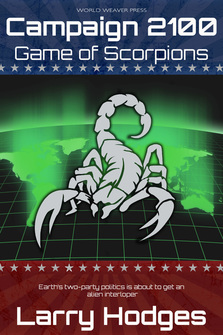
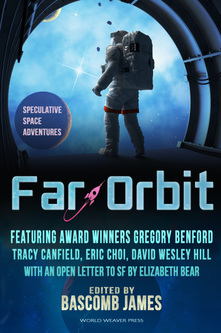

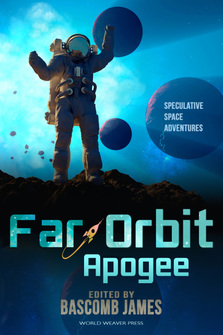
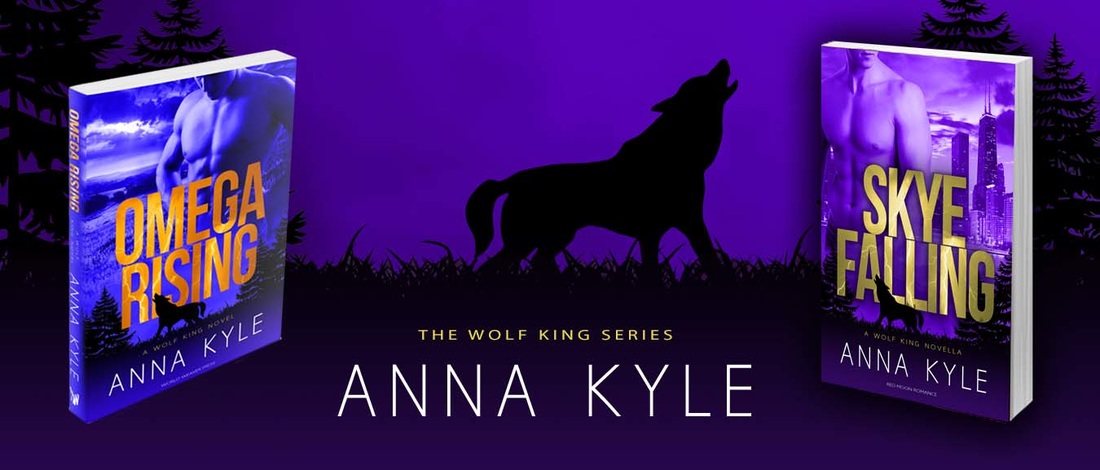
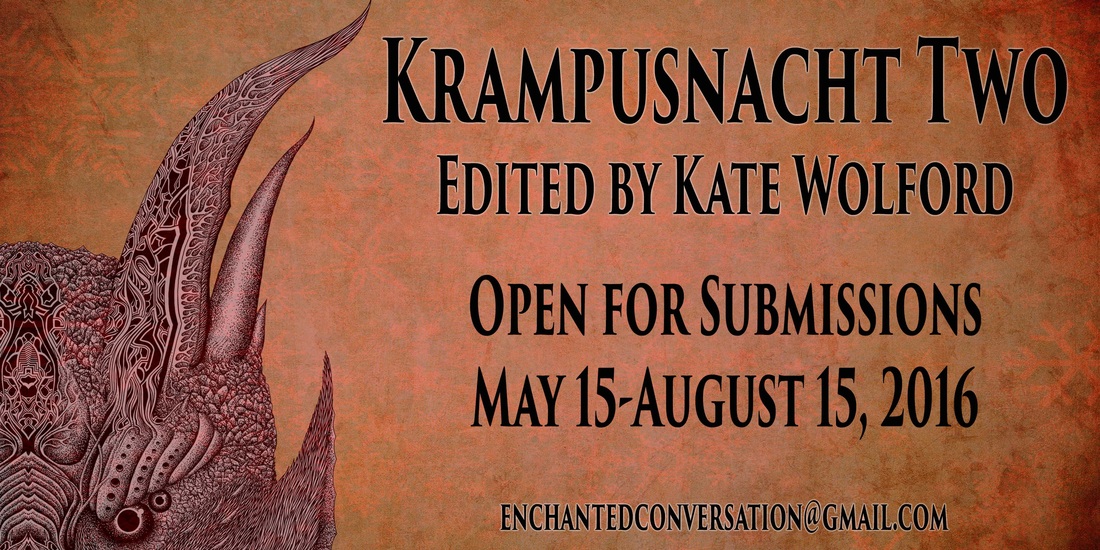
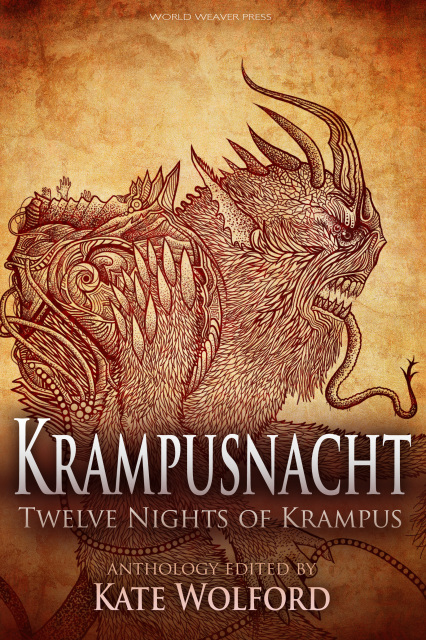



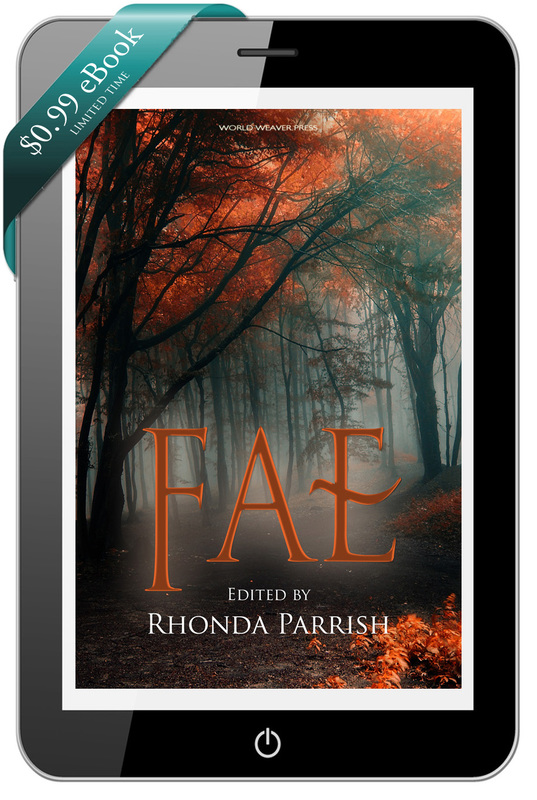
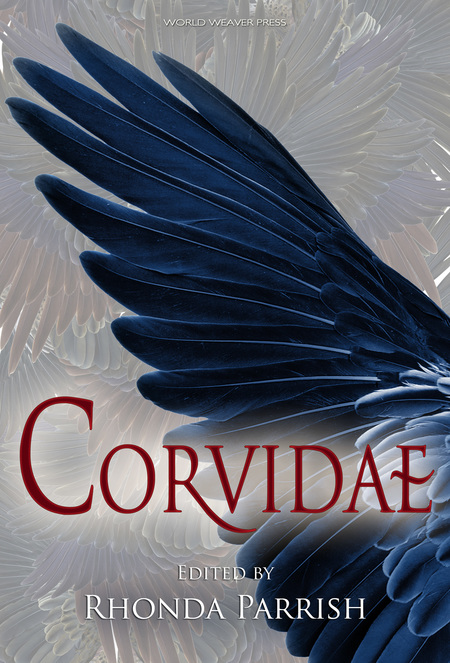
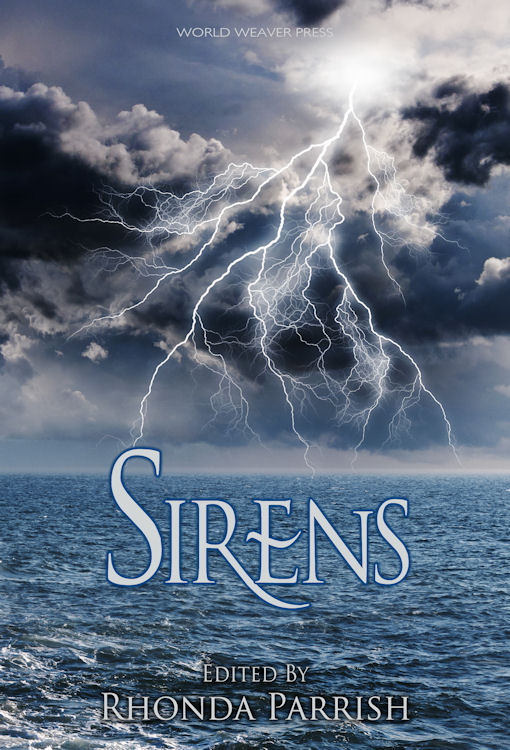
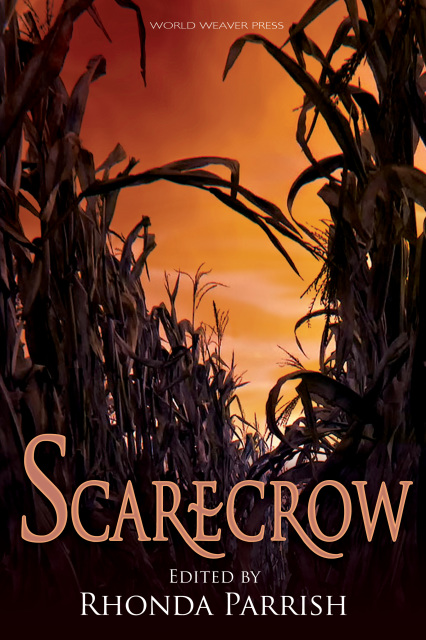
 RSS Feed
RSS Feed